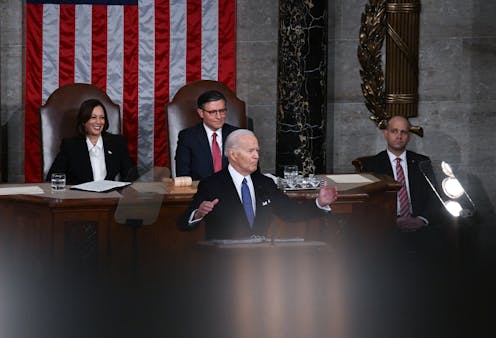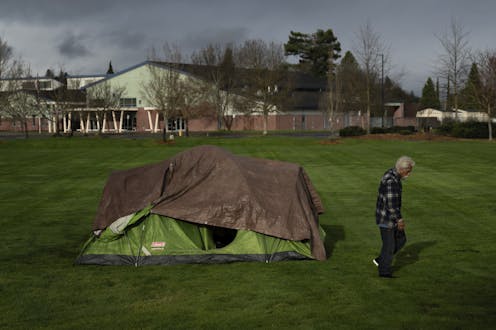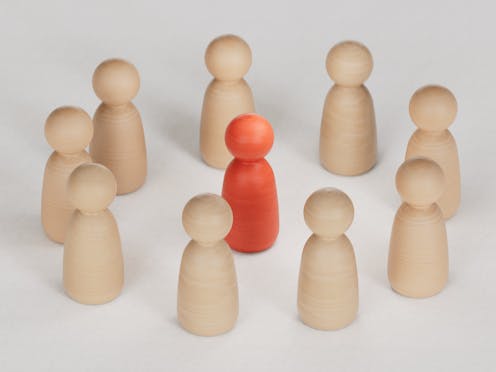Re-designing play in Indian primary education
 Surabhi Khanna at toy making workshop with kidsProvided by Surabhi Khanna
Surabhi Khanna at toy making workshop with kidsProvided by Surabhi Khanna
Last week, I arrived in India for five-weeks of fieldwork on the role of the designer in changing values about natural indigo in contemporary India. This had given me the opportunity to interview interesting Indian designers and craftspeople. On 27 October, I sat down to interview Ms.Surabhi Khanna, a toy designer based in New Delhi. She uses toy design to bring together communities of teachers, primary students, and craftspeople in an attempt to re-design play and learning interactions in Indian primary schools and open new markets for craftspeople.
The interview has been edited for length and clarity.
Dori: What got you interested in bringing craft-based interactive games into formal education?
Surabhi: So what happened is that there are a lot of toys traditionally. For example, this is a jumping puppet made of palm leaf. You can play with it for hours, so it has a great play value. Traditionally, the craftspeople used to make it. What started happening was that after a point of time, the people realised that it has play value, but it started going away. We thought to revive and preserve such a thing, something else was needed. Only by looking more into the craft or forms would not really help it, it was time to go to the next level.
 Surabhi Khanna demonstrating the jumping puppetElizabeth Tunstall
Surabhi Khanna demonstrating the jumping puppetElizabeth Tunstall
So we thought that if the play value is good, where was it that play was needed the most? Maybe it is education, because that where you go after your early childhood. We did some workshops with a very interesting group of teachers who were connected to early education and also groups of special needs. When the teachers started doing the toy again with their own understanding, they brought to it a lot more stories. They thought about what the children would like at that age group or what is the need of the child and what did they want to convey to them. So they started making up their own interactions for the child.
Dori: Most of the time when I think about how at typical designer in the Australian context might approach this kind of project, they would design the idea and then introduce it to the educational setting, hopefully for market. How is your process different from that kind of process?
Surabhi: Actually, it is really interesting when you work with teachers. You get to know their requirements for the children and that really helps to design a toy. For example, I had done a play product, Khel Manthan, especially for early education where I went to a lot of schools. I found that although the teachers really take care of the children a lot, love them, and have some stories, the interactive play is missing. And this is how I came to an idea that it is better if the stories are included in the play and that both the teachers and the children can play together. Maybe I can show you .
Khel Manthan (Churning Learning): Surabhi’s handcrafted storyteller and storymaker
This is a textile bag with animal characters that can come out of it. A lot of characters that are generally used in early education settings are about who eats who or where does one live. Most of them used to be done by verbal stories. What we did was make the main structure come out, and you can hang it somewhere. Or maybe somebody can hold it. The teacher probably can hold it.
What happens now is that teacher says, “You can choose a character.” And the child says, “Okay, I choose a bird.” So a bird, where does a bird want to go? Does it want to go to somebody’s house? Or does it want to go to its children? Or does it want to maybe eat a fish? And the child can choose what it really wants at that time.
If the child is really home sick, it can say “Okay like the bird, I want to really go home.” And the child, he or she can say, “ I choose this one.” The bird is here and the children are there. So how will the bird go? Then what you do is? [She moves the strings which causes the bird to move up towards the children.] The bird is going and moving up and up and up until it reaches the children.
And later on this whole thing will come into the bag. And you just put it away, because often a lot of things get displaced or lost. And so what happens is at the top there is an octopus, and the child knows, “Alright, I can put the octopus inside.” So it does not have to be taught. It is there.
Dori: So tell me how did, with that particular educational toy, how did the teachers and children respond to it?
Surabhi: When we started giving these to children and teachers, we got an immense response. Because the moment they started playing, each child wanted to try it from the age of three year old to the age of twelve year old. They took turns wanting to play with the toy. And they chose what they wanted to do. And once they started playing, all the children who were left out asked, “What should we do?” Well they started singing a song and telling a story related to it. So it was an interesting interaction because although it seems like just one person playing, the whole group started interacting. So we had a great response with that one.
Dori: What is it that teachers and curriculum bodies say that is educationally important, which is best taught to kids by using these kinds of home-made games?
Surabhi: Actually, in a lot of schools, like when we were younger, it was more important for us to learn how to eat and how you should be mannered, etc. But now, teachers are more aware. They understand that there are lot more things that a child needs to know. Feelings are important, so they work on them. So simple things—like the idea that you can make something on your own—is not only just a craft activity, but actually telling a child that you can take anything and play with it. You don’t really need a made toy to play with. And later on, a child understands that what he or she was actually doing was using a lot of recycled materials and preserving nature in some way—sustainability. But at that time, the child starts doing something and this stays in his or her memory for a long time.
Dori: If I were a principle or a head of a school, what are the reasons from an educational perspective that I should bring this into my school?
Surabhi: I think it is very important that one cannot be against digital or technology because they do bring a lot of positive things. They are very much required, of course. At the same time, I believe the child has an actual need to work with their hands; something which is tactile, where he or she really wants to use creativity and curiosity on its own. So that is where the role of the teacher is important. Basically, what I think is that both of them can exist together. Each one has its own value—its own need.
Dori: What in terms of your own work is the next step? Where would you like to be five years from now?
Surabhi: When I do a lot of these toys, one of the things that comes up is the angle of therapy (i.e. play therapy). That is an area that I am really interested in. Because often these toys, they don’t only have just play value, they also have therapy value. I believe that design goes with feeling and thus we really need to connect to feelings of people. I really want to go into groups of people where not only are there craftspeople, but there are also people from the rehabilitation areas.
Over the next few weeks, I will continue to profile interesting insights into Indian design and introduce you to Indian designers.
Elizabeth Dori Tunstall does not work for, consult to, own shares in or receive funding from any company or organisation that would benefit from this article, and has no relevant affiliations.
Read more http://theconversation.com/re-designing-play-in-indian-primary-education-33716













